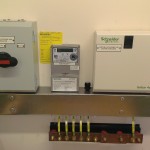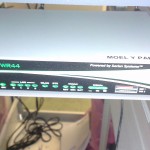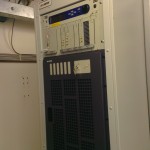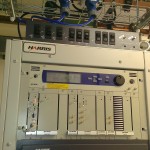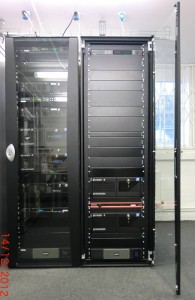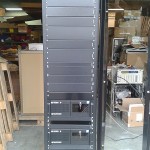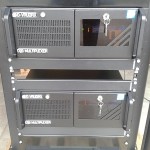The Department of Culture, Media and Sport have just announced that the Government, the BBC and the commercial operators have signed a Memorandum of Understanding over the future roll-out of digital radio.
Why is this important? Well, the radio industry has a number of different stakeholders and they all have different priorities and aims. The development of digital radio affects these organisations in a myriad of ways. As a simple example – the BBC is keen for all licence fee payers to be covered by DAB and the commercial digital multiplexes need to build out the coverage that’s economically viable. Agreeing on a plan, as you can imagine, could cause some tensions.
The MoU has tackled many of these issues and has set out a very specific roadmap for improvements to existing infrastructure, the plan for the roll-out of new local multiplexes (like ours and Arqiva’s) as well as the Government’s position on switchover.
It’s the result of many months of, er, discussion by all the parties. By signing it’s overcome many of the disagreements and started to bind together all of the stakeholders to push digital radio forward.
The press-release talks about “the launch of at least five new local multiplexes, including in Oxfordshire and Gloucestershire”. This is the wording that describes the first five launches from ourselves and Arqiva. We’re in the process of finalising the Gloucester transmission contract at the moment and when this is done we’ll be able to firm up a launch date for that multiplex. We’re hoping it will be close to the date of the Wrexham, Chester and Liverpool multiplex, but it has to take into account the transmission operators timings and the period where the weather interferes with builds.
What’s the background to the MoU?
This is a bit of a cut and paste from the release – but it should give you all some background!
The purpose of the MoU is to set out the framework for how to proceed with the build out of local DAB, to increase the coverage initially to 90% of FM equivalence to fulfil the Government criteria for radio switchover, and then to match FM equivalence across the UK.
The MoU outlines three key phases of the process:
- Phase One – Action prior to the 2013 radio switchover decision
- Phase Two – Post 2013 radio switchover decision to 90 per cent local DAB coverage
- Phase Three – Extending local DAB coverage from 90 per cent to FM equivalence
The signing of the MoU signifies the beginning of Phase One. Government will now task Ofcom to establish and Chair the Joint Planning for Radio Group (JPRG). The JPRG will be comprised of signatories to the MoU and will look at each multiplex area to establish the most effective means of increasing the coverage in those areas to reach FM equivalence. The JPRG will produce a Technical Switchover Plan and a Switchover Implementation Plan which in combination will outline every technical piece of infrastructure work that needs to be made along with providing when and how the work should be completed.
Phase One also requires five additional local DAB multiplexes to be launched within 18 months of the signing of the MoU. The new multiplexes will be in: Gloucestershire; Hereford and Worcester; Northamptonshire; North East Wales and West Cheshire; and Oxfordshire. [It’s our intention that the MuxCo multiplexes will launch very much towards the beginning of this 18 month period]
Phase Two will be implemented subject to a positive in principle decision on switchover occurring and a further legally binding agreement on funding being in place. The purpose of Phase Two is to increase local DAB coverage to fulfil the switchover criteria of local DAB reaching 90% of FM equivalence. Once the 90% criteria has been reached the Secretary of State will be able to exercise the powers contained in the Broadcasting Act 1990 to nominate a date or dates for radio switchover and enter Phase Three.
Phase Three will be completed once local DAB coverage reaches current FM equivalence.
Why do we think the MoU is a good thing for Digital Radio?
1. We think that strong commitments from the big commercial players, the BBC and the Government helps to give certainty to the smaller players that digital radio is the industry’s future
2. It will enable the expansion and enhancement of local coverage for millions of people
3. It’s good news for digital radio station operators as more people will be able to hear their stations and that marketing messages will be encouraging more listeners to make the switch and discover their stations.

